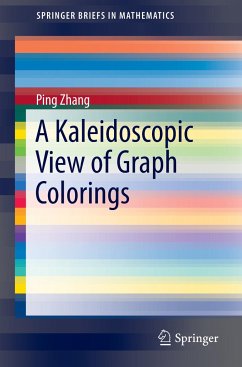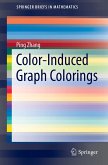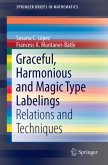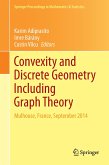This book describes kaleidoscopic topics that have developed in the area of graph colorings. Unifying current material on graph coloring, this book describes current information on vertex and edge colorings in graph theory, including harmonious colorings, majestic colorings, kaleidoscopic colorings and binomial colorings. Recently there have been a number of breakthroughs in vertex colorings that give rise to other colorings in a graph, such as graceful labelings of graphs that have been reconsidered under the language of colorings.
The topics presented in this book include sample detailed proofs and illustrations, which depicts elements that are often overlooked. This book is ideal for graduate students and researchers in graph theory, as it covers a broad range of topics and makes connections between recent developments and well-known areas in graph theory.
The topics presented in this book include sample detailed proofs and illustrations, which depicts elements that are often overlooked. This book is ideal for graduate students and researchers in graph theory, as it covers a broad range of topics and makes connections between recent developments and well-known areas in graph theory.
"This book has the unique goal of covering the non-typical types of colorings in hopes of leading to new research and, in effect, providing a useful text with problems approachable for undergraduate students and up. ... The author provides many short proofs that illustrate the different types of proof techniques used to solve these types of graph theory problems. Additionally, the author has included many open questions to show some direction in which to take one's research." (John Asplund, Mathematical Reviews, November, 2016)








